12 Unexpected Foods That Fight Whole-Body Acidity
The idea that food can change your whole-body pH has become a hot topic. Science says blood pH stays tightly regulated. Still, what you eat matters a lot for digestive comfort and urine pH, and certain ingredients can help soothe the gut. This list highlights 12 surprising foods that many people find helpful for lowering digestive acidity or easing reflux-like symptoms. We balance what advocates say with realistic perspective, so you get practical guidance without overblown promises. Expect clear tips on how to use each food, gentle warnings where needed, and small swaps that fit daily life. The focus here is digestive ease and mineral balance rather than claiming to alter your blood chemistry. A common stat worth keeping in mind: roughly half of Americans report reflux or heartburn at some point. Age plays a role too—stomach acid production can decline for many people after their 30s and 40s, which changes how foods affect digestion. Work with your healthcare provider for persistent symptoms. For now, think of this list as a friendly, research-aware toolkit to try in your own kitchen.
1. Lemon
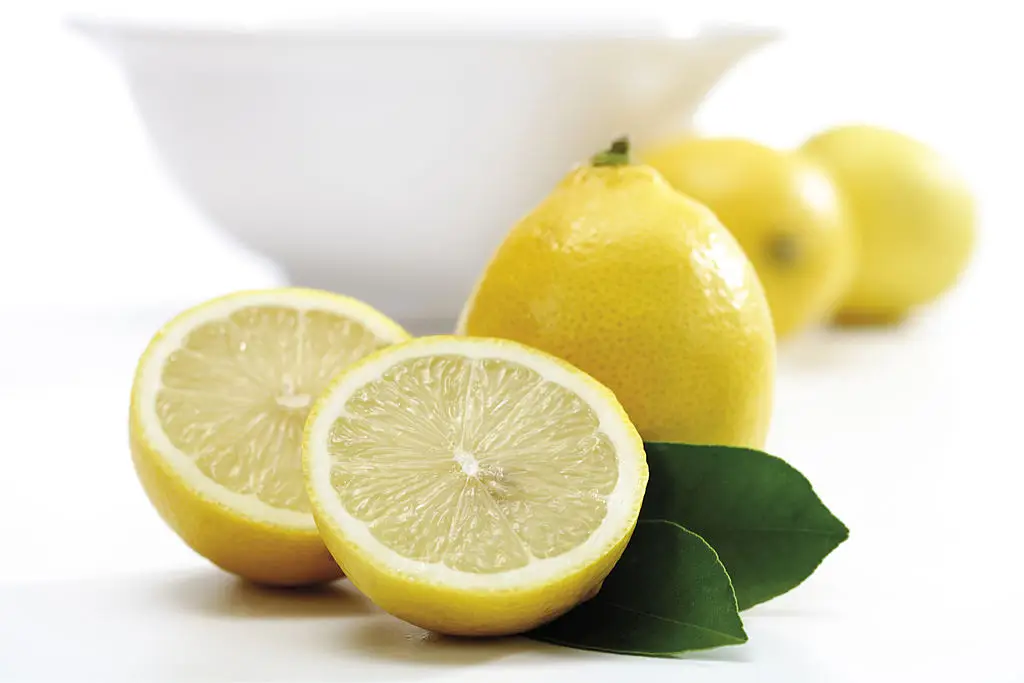
Lemon often looks like the enemy when reflux is on the table. Yet a small amount of lemon diluted in water can help some people. That's because lemons may stimulate digestive signaling and improve the stomach's ability to process food, which can reduce pressure on the lower esophageal sphincter for those with low stomach acid. Dr. Daryl Gioffre and other alkaline-diet advocates point out that very low stomach acid sometimes contributes to reflux, so a touch of acid ahead of a meal can be surprisingly helpful. Try a tablespoon of lemon juice in an eight-ounce glass of water before meals and notice whether reflux frequency changes. Keep an eye on tooth enamel by drinking through a straw and rinsing with plain water afterward. If you have active esophageal inflammation or known citrus sensitivity, skip it and try other items below. Ultimately, lemon is best thought of as a modest, targeted tool—use it cautiously and observe how your body responds.
2. Apple Cider Vinegar (ACV)

Apple cider vinegar gets attention for many reasons, including claims that it helps digestion. Like lemon, ACV is acidic on its own but some people find that a teaspoon or two diluted in water before eating eases reflux symptoms. The idea is similar: supporting digestion when stomach acid is low can reduce backflow into the esophagus for certain individuals. Use one teaspoon to one tablespoon in an eight-ounce glass of water, taken 10–15 minutes before a meal, and track any symptom changes over several days. Be careful of enamel erosion and avoid undiluted ACV. Also check with your pharmacist if you take potassium-lowering or diabetes medications, because vinegar can interact with some drugs. ACV is not a cure-all, but in small, diluted amounts it may be a helpful, inexpensive experiment for people seeking gentle digestive support.
3. Spinach (and dark leafy greens)
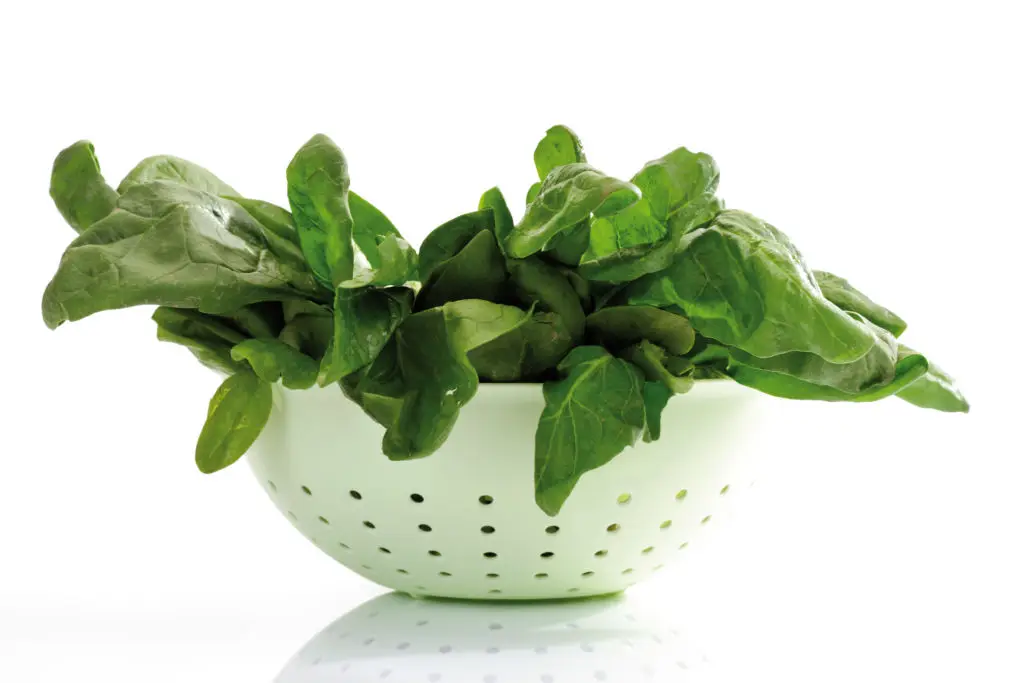
Dark leafy greens like spinach are rich in magnesium, potassium, and other minerals that many people associate with alkaline-forming diets. These minerals can help buffer acid in the gut and support a healthier mineral balance overall. Adding a generous handful of spinach to a morning smoothie, lunchtime salad, or a quick sauté can increase mineral intake without adding heavy fats or irritants that often trigger reflux. For older adults, the mineral benefit is notable because stomach acid production can decline with age, which changes nutrient absorption patterns. Spinach also brings fiber and phytonutrients that support general gut health. If you find raw spinach bothersome, lightly steaming or cooking it softens both texture and taste while preserving many nutrients. Small, consistent increases in leafy greens are an easy, sustainable step toward less acid-prone meals.
4. Almonds
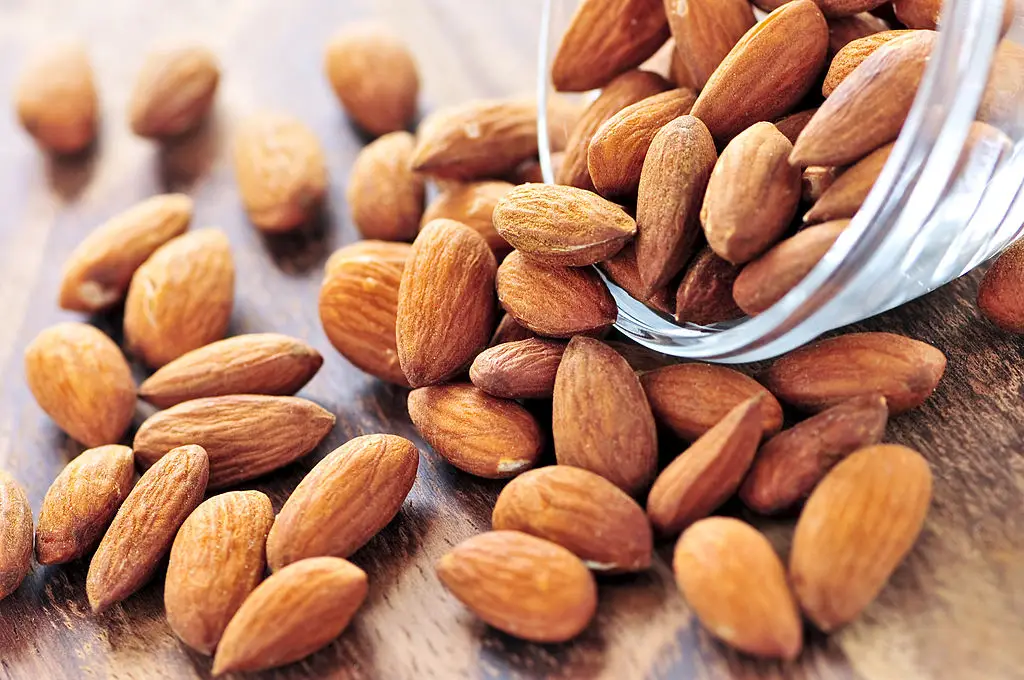
Almonds often show up as a go-to snack for people trying to reduce acidity. Compared with many processed snacks, almonds are lower in acid load and provide calcium, magnesium, and healthy fats that help neutralize stomach acid for some individuals. A small handful between meals can stop hunger without provoking reflux in many cases, especially when it replaces sugary or fried options. Portion control matters; too many nuts at once can be heavy on the stomach and might worsen symptoms for some people. Salted or heavily spiced versions can also be problematic, so choose raw or dry-roasted almonds without added flavorings. If you have a nut allergy, of course, skip them. For most others, almonds are a practical swap that supports mineral intake and long-lasting satiety.
5. Ginger

Ginger has a long track record for calming the digestive system. Clinical and traditional use both support ginger’s role in reducing nausea and soothing the upper GI tract. For people with reflux or heartburn, ginger can decrease the likelihood of stomach contents irritating the esophagus by improving gastric emptying and reducing inflammation in the digestive lining. Sip ginger tea, grate fresh ginger into broths, or include small amounts grated into dressings and stir-fries. Start with modest amounts, since concentrated ginger may irritate some people when used heavily. If you take blood thinners or have specific medical conditions, check with your clinician before using concentrated ginger regularly. For most readers, ginger is a gentle, flavorful tool that supports digestive comfort without dramatic dietary upheaval.
6. Watermelon

Watermelon is more than a sweet summer treat—its high water content and mild alkalinity make it a soothing choice for acid-prone stomachs. When the stomach contents are hydrated, acids dilute and pass through the digestive tract more smoothly, which can reduce episodes of reflux for some people. Watermelon also provides potassium and simple, easy-to-digest sugars that won’t overload the stomach. Eat it as a light snack between meals or as a palate-cleansing dessert after a heavier dinner. Watch portion timing: very large quantities on an already-full stomach can cause discomfort in sensitive individuals. For most people, watermelon is a refreshing swap that lightens the overall acid load of a meal plan.
7. Avocado

Avocado is low in acid but rich in healthy monounsaturated fats and potassium, which helps when you’re replacing more irritating fats and toppings. Because avocados are gentle on the stomach for many people, they can help tame post-meal discomfort when used in place of spicy spreads, acidic salsas, or high-fat fried items. Add mashed avocado to whole-grain toast, blend into smoothies, or use as a creamy base in dressings that won’t inflame the esophagus. Portion control matters since avocados are calorie-dense; a few slices or a quarter to half an avocado per meal is a practical starting point. If you suspect fat triggers your reflux, test smaller avocado servings and observe how you feel. Overall, they’re a nutritious, satisfying option that pairs well with low-acid meals.
8. Miso (fermented soy)
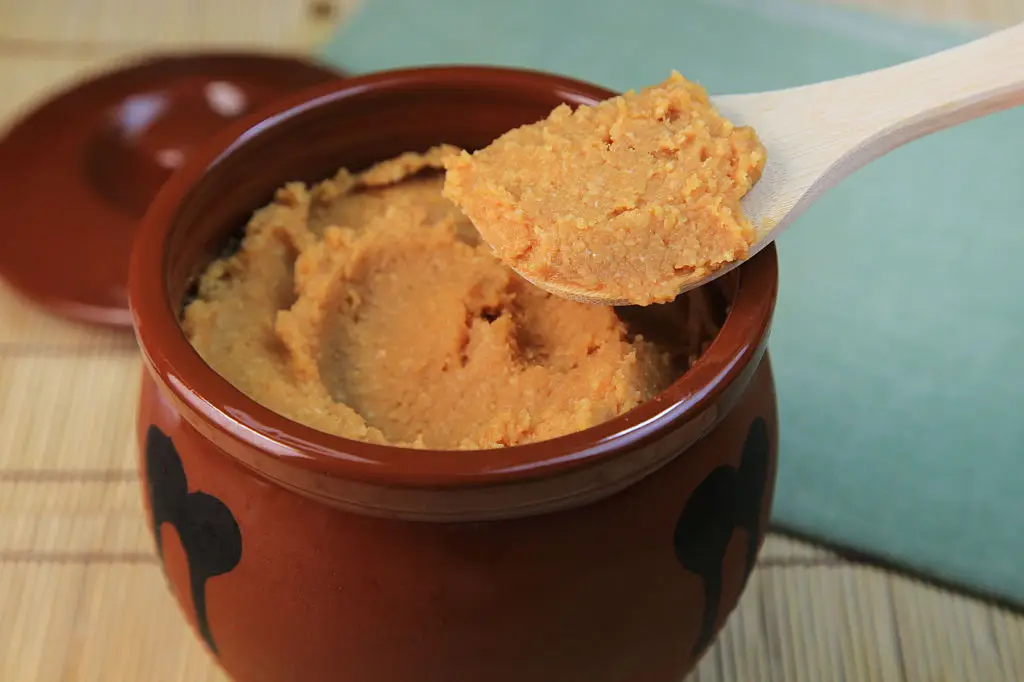
Fermented foods like miso introduce beneficial microbes and enzymes that support digestion. A warm bowl of miso soup can be calming after a meal and may ease the burden on your digestive system by encouraging balanced gut flora. Fermentation breaks down complex compounds, making nutrients easier to absorb and potentially reducing irritants that trigger reflux. Choose lower-sodium miso or dilute a small spoonful in a larger broth to keep salt under control. If you have soy allergies or are sensitive to fermented foods, proceed with caution. For many people, miso is a savory, comforting addition that supports digestive resilience without relying on acid-blocking measures.
9. Beets

Beets are rich in potassium, magnesium, and other minerals that can be alkalizing once metabolized. Roasted or steamed beets offer tender texture and natural sweetness that usually won’t provoke reflux the way highly spiced or acidic condiments might. Beets also contain nitrates that support circulation and general cellular function. Try roasted beets alongside greens, or grate raw beets into salads for texture without heavy acid load. Pickling beets adds flavor but may increase acidity depending on the pickling liquid, so watch how pickled versions affect you. Overall, beets provide mineral density and culinary versatility that can help tip meals toward a less irritating profile.
10. Quinoa
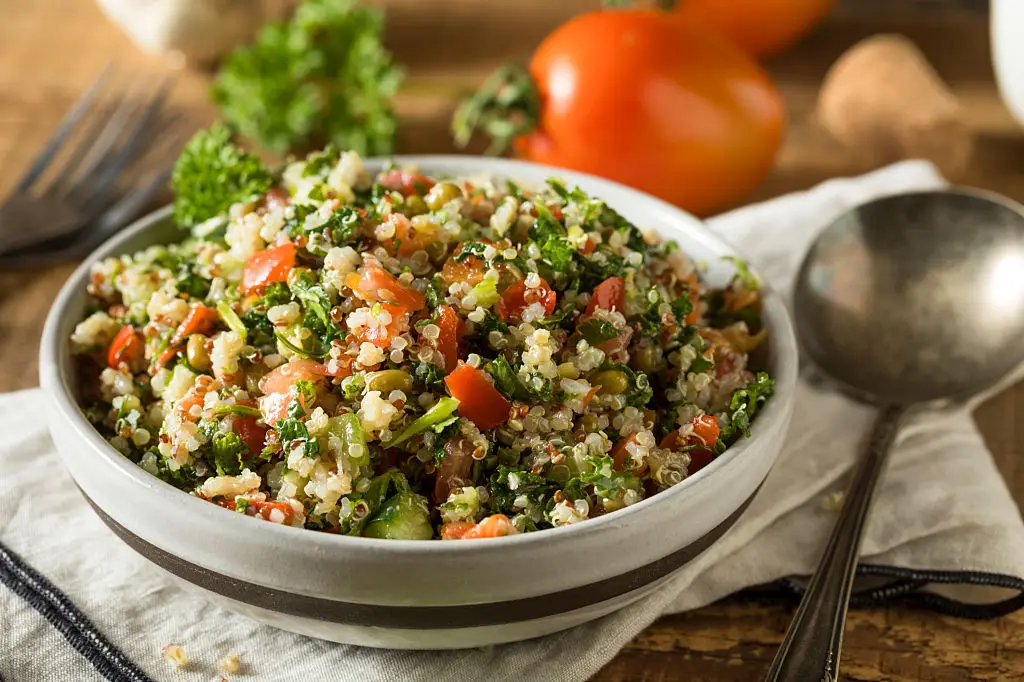
Quinoa makes a great swap for refined grains and many acidic preparations. It’s high in minerals and protein and tends to be less acid-forming than processed breads and crackers. Replacing a white-roll or fried side with a quinoa salad reduces the overall acid load of a meal and adds sustained fullness, which can prevent overeating and the post-meal reflux that sometimes follows. Prepare quinoa simply with steamed vegetables, a drizzle of olive oil, and herbs. That way you keep meals balanced and avoid heavy sauces that commonly trigger heartburn. Quinoa is gluten-free and easy to digest for many people, making it a steady, nourishing base for low-acid meal planning.
11. Cucumber

Cucumber is cooling, hydrating, and low in natural acids. These qualities help soothe the stomach lining and dilute gastric contents when eaten as part of a meal. Sliced cucumber in salads or as a crisp side can keep meals light and reduce the chance of reflux that often follows dense, high-fat dishes. Cucumber pairs well with yogurt-based dressings, avocado, or steamed grains for a balanced plate. If raw vegetables are hard on your digestion, lightly peeling and deseeding cucumbers makes them gentler. For hydration and mild alkalinity, cucumbers are an easy, everyday addition that supports a calmer digestive profile.
12. Green Tea

Green tea offers antioxidants and a mild alkalizing influence for many people, and it may help reduce low-grade inflammation in the digestive tract. Choose a moderate brewing strength and avoid very hot temperatures that can irritate the esophagus. If caffeine triggers your reflux, opt for decaffeinated green tea or limit intake late in the day. Sipping warm green tea after a meal can be a soothing ritual that replaces heavier beverages or alcohol, both of which often worsen reflux. Keep portions reasonable—two to three cups daily is a common, gentle range—and notice how your symptoms respond. Green tea is not a magic fix, but it’s a calm, healthful beverage choice for many digestion-focused routines.
Final Thoughts on Moving Toward Less-Acid Meals

Food choices don’t rewrite your blood chemistry, but they do shape how your digestive tract feels and functions. The 12 foods above are small, unexpected ways to shift meals toward gentler, less irritating profiles without rigid dieting. Try one or two swaps—like quinoa for a white grain, a ginger tea after dinner, or a small lemon-water ritual before lunch—and observe what changes for you over a week or two. Monitor portion sizes and timing, because even low-acid foods can provoke discomfort when eaten in excess or too close to lying down. If reflux is frequent or severe, working with a clinician is important to rule out underlying conditions and to tailor an approach that includes safe medication choices when needed. Above all, aim for steady, sustainable adjustments. A kinder daily plate won’t produce overnight miracles, but consistent small shifts can reduce acid-related flare-ups and leave you feeling more comfortable and confident in your eating. That kind of steady progress fits the HealthPrep ethos: practical, compassionate, and aimed at long-term wellbeing.
